The Sweet Science Behind Honey Bottles: Exploring Storage, Benefits, and Bee-Friendly Practices
As the global demand for honey continues to rise, reaching over over 2 million metric tons produced annually, the importance of understanding the intricacies behind honey bottles has never been clearer. Honey, known not only for its exquisite taste but also for its myriad health benefits, requires careful storage practices to maintain its quality and efficacy.

Studies indicate that proper packaging significantly influences honey's longevity, with glass honey bottles generally outperforming plastic counterparts by minimizing chemical leaching and preserving flavor integrity. Furthermore, adopting bee-friendly practices not only enhances the sustainability of honey production but also fosters healthier ecosystems.
This article aims to delve into the science behind honey bottle storage, explore the multifaceted benefits of honey, and promote practices that prioritize both bees and consumers alike.
The Science of Honey Preservation: Essential Storage Techniques
When it comes to honey preservation, understanding the ideal storage conditions is crucial for maintaining its quality and longevity. According to a report by the National Honey Board, honey's natural low moisture content and acidic pH, typically between 3.2 and 4.5, create an inhospitable environment for bacteria and mold. However, to ensure optimal preservation, it is essential to store honey in airtight containers, away from direct sunlight and at room temperature. Metal or glass containers are often recommended as they do not react with honey, unlike plastic, which can sometimes release chemicals over prolonged exposure.
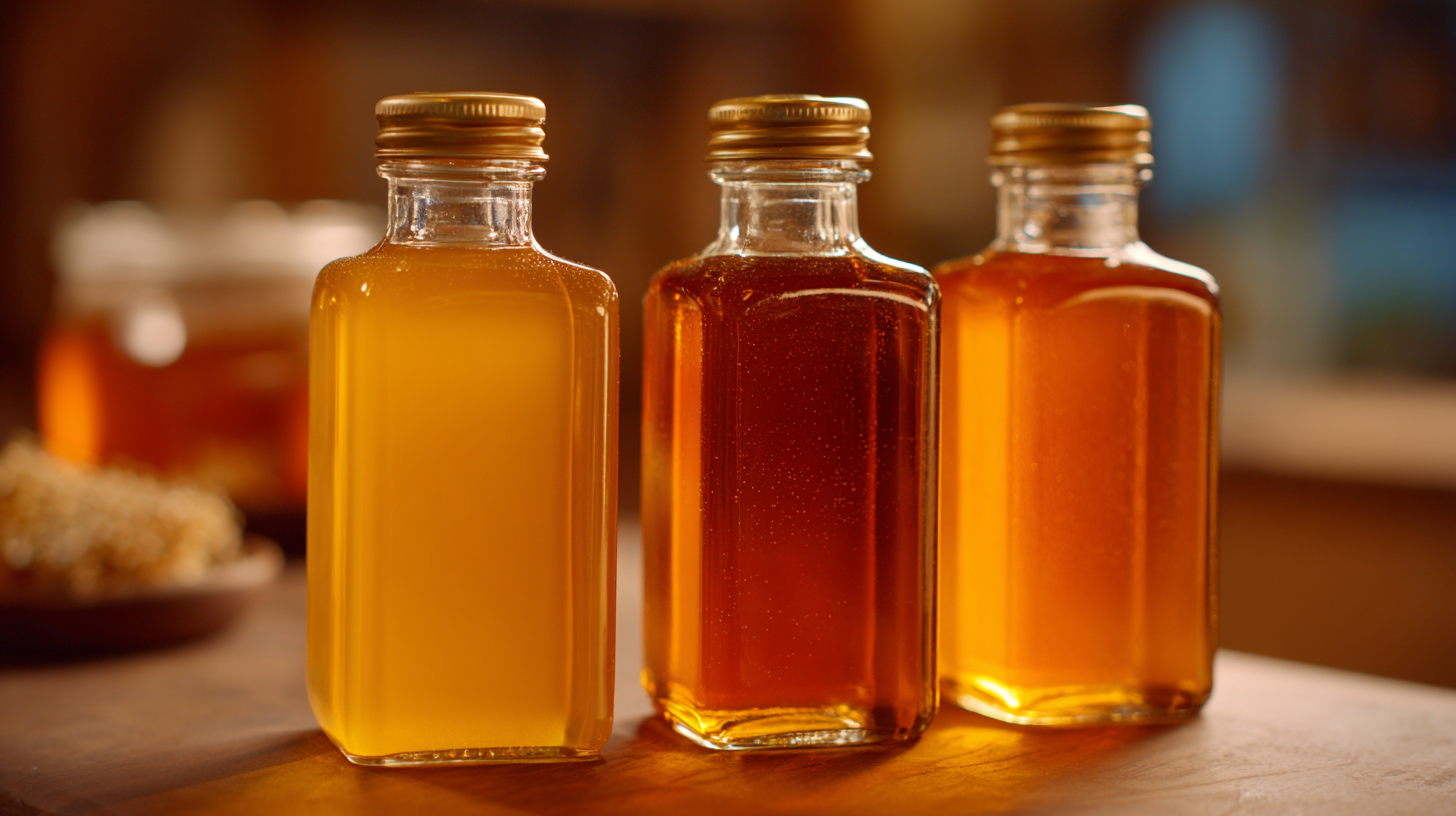
In addition to proper storage techniques, the benefits of honey extend well beyond its delicious flavor. Research indicates that honey can retain its quality for decades or even centuries when stored correctly. The USDA maintains that the shelf life of honey is virtually indefinite, provided it remains uncontaminated and stored in suitable conditions. Moreover, bee-friendly practices, such as sustainable harvesting and maintaining healthy hives, play a vital role in ensuring the continued availability of this natural sweetener, making it beneficial not only for consumers but also for the environment and bee populations.
5 Key Benefits of Consuming Honey for Health and Wellness
Honey is not only a natural sweetener but also offers a myriad of health benefits that make it a staple in wellness diets. One of the primary advantages of consuming honey is its rich antioxidant properties. Antioxidants help combat oxidative stress in the body, reducing the risk of chronic diseases and promoting overall health. By integrating honey into your diet, you can enhance your body's defenses against inflammation and cellular damage.
Another significant benefit of honey is its potential to soothe sore throats and alleviate coughs. The natural viscosity of honey provides a coating effect that can reduce irritation in the throat, while its antimicrobial properties may help fight infections. Additionally, honey serves as a natural energy booster, making it an excellent alternative to processed sugars for those looking for a quick pick-me-up.
Lastly, honey has been known to support digestive health, as it contains prebiotics that promote the growth of beneficial gut bacteria, contributing to a balanced digestive system. This multifaceted superfood can be a delicious and healthy addition to your lifestyle.
Top 3 Bee-Friendly Practices to Support Sustainable Beekeeping
Sustainable beekeeping is essential for maintaining healthy bee populations and promoting biodiversity. One of the top practices to support this goal is the preservation of natural habitats. Beekeepers can create flower-rich environments by planting native wildflowers, herbs, and flowering shrubs, which not only provide food sources for bees but also help sustain local ecosystems. Implementing such practices ensures that bees have access to varied and nutritious forage throughout different seasons.
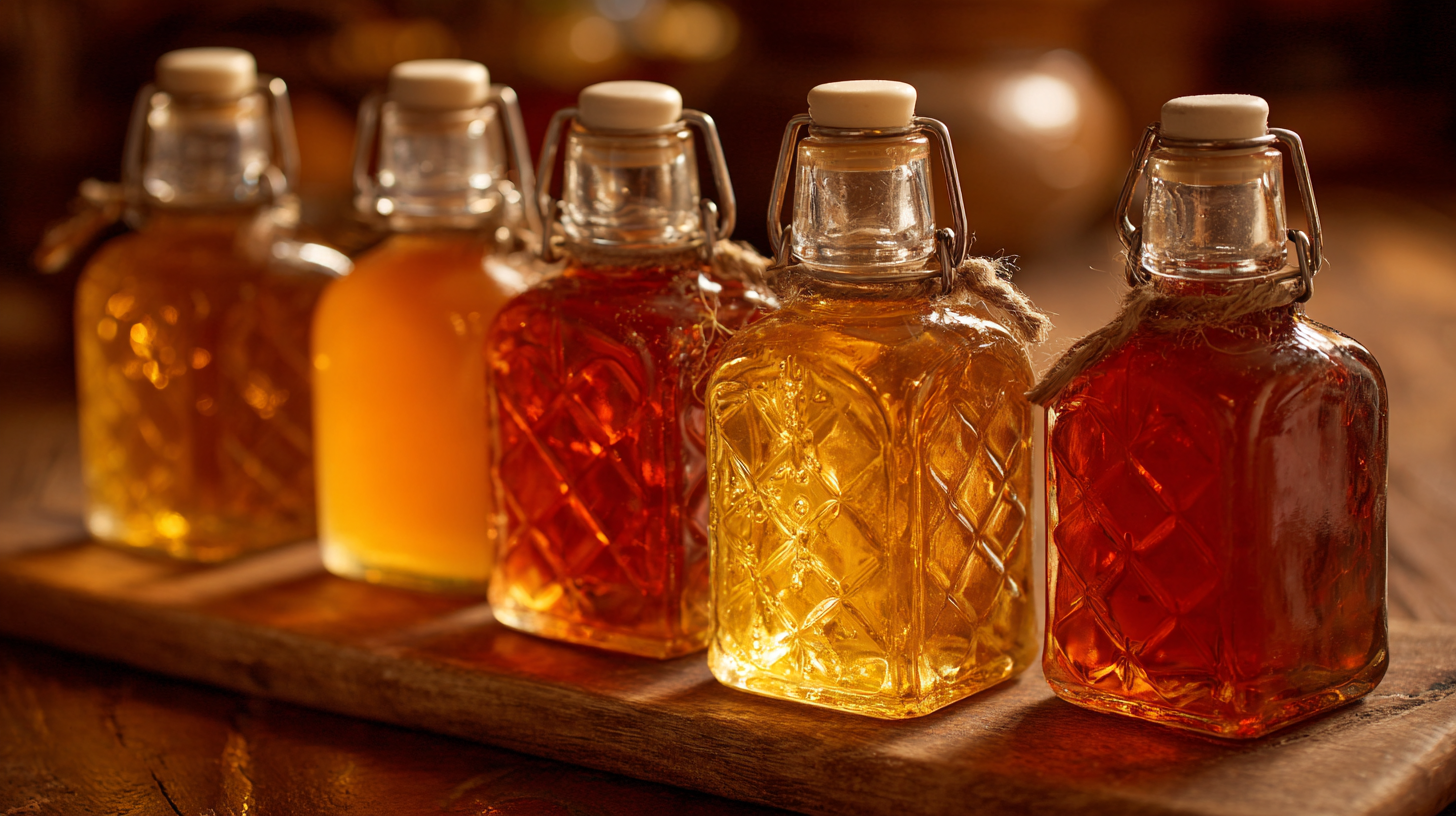
Another crucial practice is minimizing the use of chemical pesticides and herbicides in gardens and surrounding areas. Many chemicals can be harmful to bee health, leading to colony collapse and declining populations. Beekeepers can advocate for organic farming methods and educate others about the impacts of these chemicals. Encouraging the use of natural pest management techniques will not only benefit bees but also contribute to the overall health of the environment.
Lastly, adopting responsible hive management practices can greatly influence bee welfare. This includes providing proper ventilation, ensuring adequate water sources, and rotating hives to prevent overcrowding. By focusing on the well-being of the bees and their habitats, beekeepers can foster healthier colonies and promote a sustainable approach to honey production. These practices not only support bee survival but also contribute to the quality and purity of the honey they produce.
Honey Varieties: Discovering Unique Flavors and Their Properties
Honey is as diverse as the flowers from which it is harvested, resulting in an array of unique flavors and properties. Different regions and climates contribute to the distinct profiles of honey varieties. For instance, clover honey is light and mild, making it perfect for sweetening tea, while buckwheat honey is dark and robust, often praised for its rich taste and numerous health benefits. Each variety carries not only its unique taste but also varying nutritional qualities; while some may have higher antioxidant levels, others shine in their antibacterial properties.
The fascinating world of honey doesn’t stop at flavor. Each variety reflects the local ecosystem and the foraging habits of bees. Manuka honey, sourced from the flowers of the Manuka tree in New Zealand, is noted for its medicinal attributes, especially its ability to aid in wound healing and bolstering the immune system. In contrast, wildflower honey, collected from a mix of blossoms, tends to have a more complex flavor profile and is celebrated for its potential to alleviate seasonal allergies. As consumers become increasingly curious about the origins and benefits of honey, understanding the unique properties of these various types fosters a greater appreciation for this natural sweetener.
The Sweet Science Behind Honey Bottles: Exploring Storage, Benefits, and Bee-Friendly Practices
| Honey Variety | Flavor Profile | Color | Health Benefits | Storage Tips |
|---|---|---|---|---|
| Wildflower Honey | Floral, Fruity | Amber | Antioxidant-rich, Supports digestion | Store in a cool, dry place away from sunlight |
| Manuka Honey | Strong, Earthy | Dark Amber | Natural antibacterial properties | Keep in airtight container to prevent crystallization |
| Clover Honey | Mild, Sweet | Light Amber | Good for allergies, Soothing for throat | Store at room temperature, do not refrigerate |
| Buckwheat Honey | Rich, Molasses-like | Dark Brown | High in antioxidants, Supports immune health | Avoid heat, which can change flavor and properties |
| Orange Blossom Honey | Citrusy, Sweet | Light Golden | Rich in vitamins and minerals, Mood enhancer | Keep tightly sealed to protect from moisture |
The Role of Packaging in Maintaining Honey Quality and Freshness
The role of packaging in maintaining honey quality and freshness is crucial for both consumers and producers. Effective packaging helps to preserve the unique flavors and nutritional properties of honey, safeguarding it from factors such as air exposure, moisture, and contaminants. Glass jars and food-grade plastic containers are popular choices, as they provide an airtight seal, preventing crystallization and fermentation. Additionally, dark-colored containers can protect honey from light degradation, ensuring that its vibrant color and taste remain intact.
Moreover, sustainable packaging practices have gained traction within the honey industry. Producers are increasingly turning to recyclable materials and eco-friendly designs to minimize environmental impact. By opting for packaging that is both functional and sustainable, beekeepers enhance their commitment to bee-friendly practices, promoting biodiversity and supporting the health of bee populations. This careful consideration of packaging not only benefits the quality of honey but also appeals to environmentally conscious consumers who prioritize sustainability in their purchasing decisions.
The Impact of Packaging on Honey Quality and Freshness
Related Posts
-
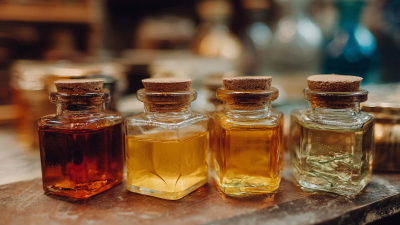
The Amazing Health Benefits of Honey Bottles You Never Knew About
-

The Untold Secrets Behind Recycling Plastic Bottles for a Sustainable Future
-

Exploring the Eco-Friendly Benefits of Glass Bottles: A Sustainable Choice for Modern Living
-

The Ultimate Guide to Choosing the Best Plastic Jars with Lids for Every Storage Need
-
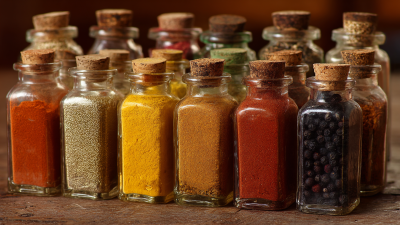
Ultimate Guide to Organizing Your Kitchen with Stylish Spice Bottles
-
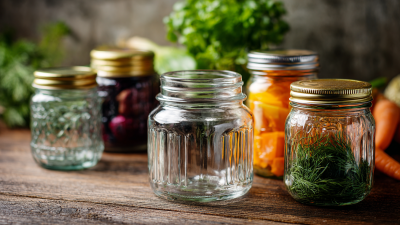
Discover the Benefits of Using Glass Jars with Lids for Food Storage and Preservation
